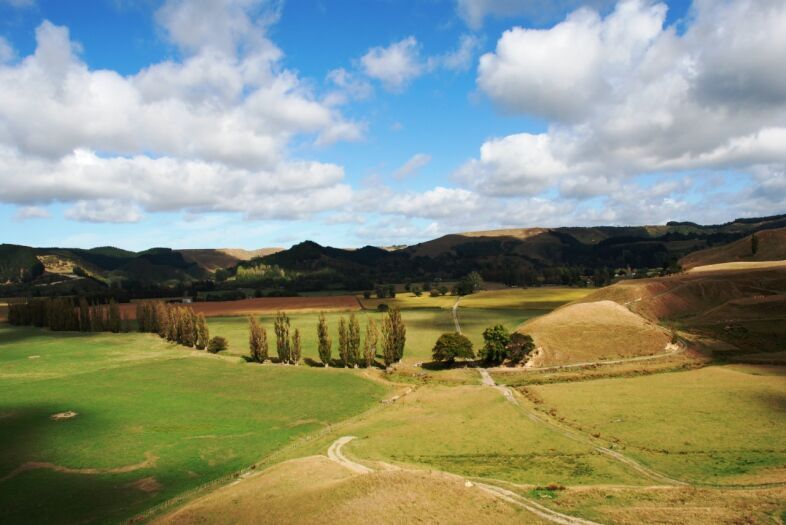
Articles
Environmentally friendly maize growing

During the past two decades there has been an increasing focus on the impact of agricultural practices on the environment. Water quality is an ongoing concern with the levels of nitrogen, phosphorus, sediment and/or bacteria rising in many rivers, streams and lakes around the country. As an industry we need to be focused in minimising our environmental footprint. Every cropping enterprise will need to play its part.
There are some simple management factors which can make a big difference to nutrient losses, these include:
Careful nitrogen fertiliser use
Nitrogen (N) is a highly mobile nutrient. Surplus nitrogen which is not required by maize is very quickly leached especially in higher rainfall areas. In the past, there has been a tendency to apply the amount of N the maize crop is estimated to remove based on optimistic yield targets. A better practice is to use five-year average yields to estimate crop N removal rates and to also consider the amount of N available from the soil. Sources of soil N include previously applied fertiliser as well as N which is released by microbes that decompose residues from the previous crop and soil organic matter. This process, known as mineralisation,
continues throughout the growing season. Test for available N prior to planting and take a deep-N soil test (60 cm) prior to side-dressing. Care should be taken to ensure the samples are representative.
Cover crops
Phosphorus (P) loss mainly occurs as a result of the overland flow of soil particles. Excessive soil P, caused by over application of fertiliser phosphate increases P loss. Cover crops have an important role to play by maintaining soil structure and decreasing the risk of soil being washed into waterways. They can also mop up surplus fertiliser and mineralised nitrogen between maize crops. Ideally every maize crop should have a winter cover crop direct-drilled as soon as possible after harvest time.
Crop rotation management
While rotating maize crops between paddocks decreases disease pressure, there is a significant nitrogen loss associated with spraying out and/or cultivating longterm pasture paddocks. If you are growing maize in rotation with pasture, be particularly careful about nitrogen input levels. Select a maize hybrid which will be ready for harvest early allowing you to establish a cover crop well in advance of the winter months.
Setback widths
Under the proposed Healthy Rivers/Wai Ora Waikato Regional Plan, there is no cultivation within 5 metres of a waterway. Other Regional Councils have, or are implementing similar restrictions. The key aim is to keep soil particles out of waterways. The challenge for arable farmers will be what to do with the area around waterways so they don’t become harbours for weeds and insects which will impact crop yields. Again the restriction is on cultivation, not cropping. Perhaps the outer parts of paddocks will need to be no-till cropped even if the inside is cultivated.
Yield mapping and variable rate fertiliser application technology will ensure crop demand and nutrient application rates are better matched. Reduced tillage techniques, are being refined for New Zealand growing conditions, and these will decrease nutrient losses without yield penalties. These and other emerging technologies will improve environmental sustainability while at the same time maintaining grower profitability.
